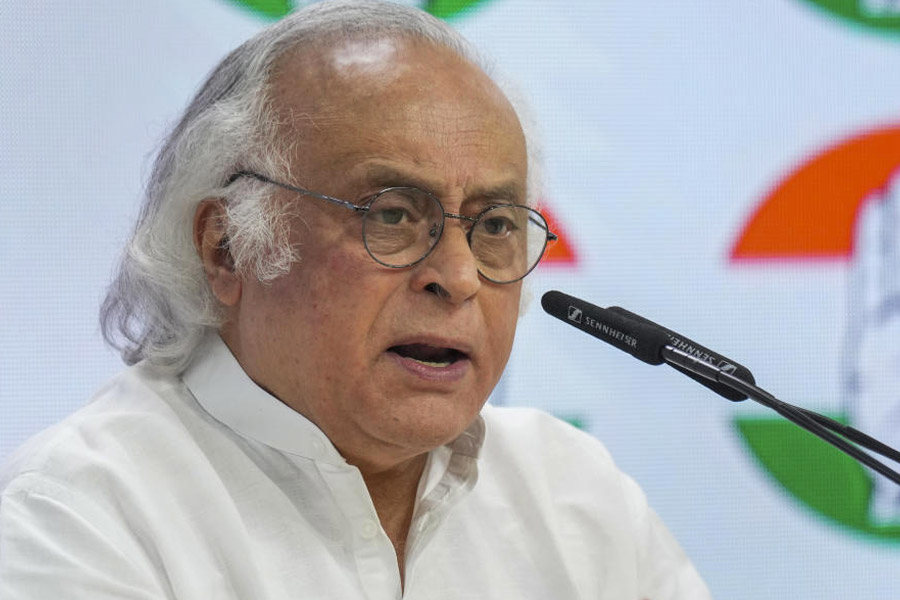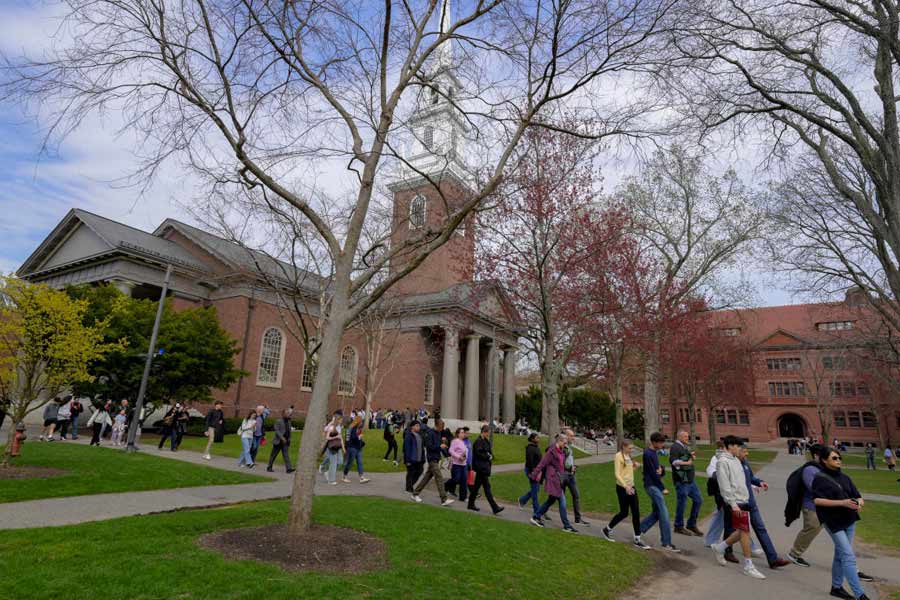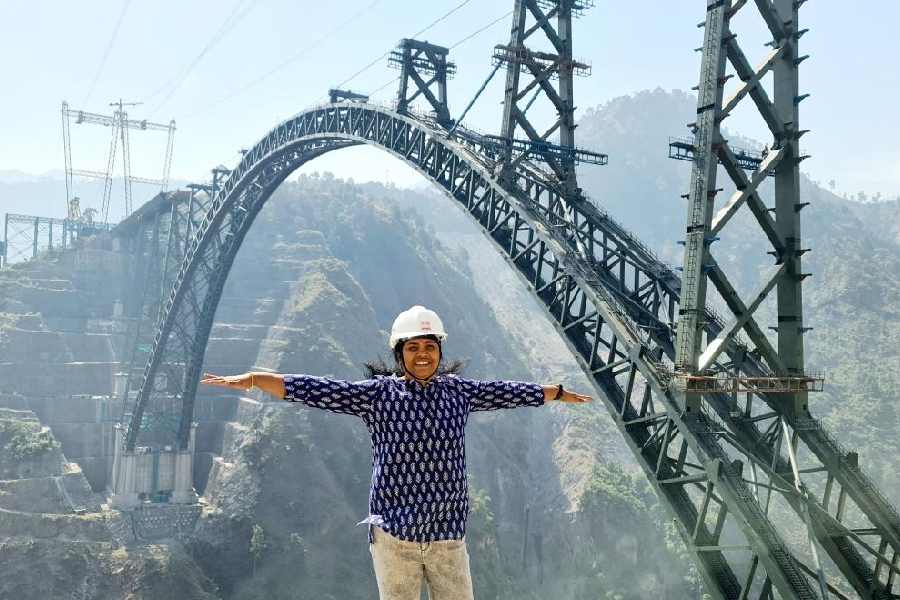 |
| Victoria Azarenka , in London, on Sunday. (Getty Images) |
London: Wimbledon, a grassy place where tradition is a brand, has changed dramatically.
At a tournament where more formal attire was once the rule, some fans were walking around the grounds this week in bare feet and cut-off shorts. One of the young uniformed stewards directing spectators to their seats has huge tattoos on both arms.
But the biggest change is on a grander scale. It is the retractable roof that covers Centre Court and has become an increasingly significant factor since it was used sparingly in the first two years of its existence in 2009 and 2010.
Built, after great debate and at great expense, to combat the infamous London weather and guarantee entertainment to worldwide television audiences, the roof has fulfilled that purpose in style and also has provided a welcome measure of security late in the second week that semi-finals and finals will be played on time.
But Wimbledon still has a roof issue, and it has little to do with rain.
“Look, this is an outdoor tournament, so I think everybody wants to play when the roof is open,” said Novak Djokovic, the defending champion and No. 1 seed.
It was closed from start to finish as a precautionary measure on Friday, which was strange indeed considering that the other 18 match courts at Wimbledon were in full service outdoors. As Djokovic worked to beat Radek Stepanek in four sets indoors, some of their fellow pros sat on the deck of the players restaurant and lunched in their sunglasses.
“I was a little surprised when I saw sunshine that the roof is closed,” Djokovic said. “But obviously they’re relying on the forecast that I don’t think is very reliable here.”
When a match starts with the roof closed on Centre Court, tournament rules and tour-wide practice dictate that it finish with the roof closed. But the tournament referee Andrew Jarrett did have the option to open it before each of the final two scheduled matches Friday. With rain still a possibility, he declined to do so.
Opening the roof at Wimbledon requires a short delay; closing it and establishing appropriate conditions for play requires an even longer break of up to 45 minutes. To open it when there is a reasonable chance of having to close it again is thus a risk for a tournament where television networks crave continuous play.
And so they played on under cover Friday, with Agnieszka Radwanska routing Heather Watson and Roger Federer rallying from a two-set deficit against Julien Benneteau, who had already beaten Federer indoors on a hard court in Paris in 2009. “It does play different indoors,” Federer said of the grass. “ Indoor grass is not something we are used to.”
Rain or no rain, Federer and the other stars regularly scheduled on Centre Court will soon get used to it unless Wimbledon changes its policies. The roof has become a major player: never more than on Thursday night when Lukas Rosol was able to finish off one of the bigger upsets in recent tennis history over Rafael Nadal.
Without the roof, the match would almost certainly have been stopped for darkness in the fifth set. “They would have been coming back today to finish,” said Philip Brook, chairman of the All England Club, still shaking his head on Friday at the 100th-ranked Rosol’s five-set victory.
The history of Wimbledon, with all its rain-delayed matches past, might have been very different with a roof: Tim Henman, Britain’s great hope for nearly a decade, might actually have reached the final instead of losing in a three-day semi-final. Goran Ivanisevic would never have faced Patrick Rafter in a raucous Monday final in 2001.
But Thursday, with light starting to fade and Nadal having won the fourth set, Jarrett elected to close the roof and play the entire fifth set indoors under the lights. The Centre Court crowd roared its collective approval at the announcement, delighted to see a conclusion. But Nadal looked much less delighted: surprised that the process of closing the roof was going to take at least 30 minutes and too well aware that momentum is a precious thing in tennis.
“My feeling was, is completely new stadium with new roof, so the normal thing is cover the roof in five to 10 minutes,” Nadal said. “That was my thought.”
His thought was understandable. The grass-court tournament in Halle, Germany, can close the retractable roof on its smaller-scale main court in approximately two minutes, and the players sometimes even play on while it closes.
But retrofitting Wimbledon’s venerable Centre Court with a roof was a more complicated process. Though closing the roof itself requires only eight to 10 minutes, another 20 to 30 minutes is required for an airflow system to remove condensation from inside the stadium to ensure that the grass does not become slippery.
“It might be a humid day, but equally if you get a closed bowl with the roof closed and 15,000 people arriving from the pouring rain outside wearing raincoats, that’s going to be taken into the atmosphere,” Jarrett said. “All of that has to be cleared away.”
There is little doubt that the system works well. But its existence has created issues that were not clear initially. Above all, it is gradually transforming Wimbledon into a night tournament even though it has no official night sessions. According to Wimbledon’s general policy, the three matches originally scheduled for Centre Court each day will be played to their completion even if it means closing the roof for darkness instead of rain, as was the case Thursday.










